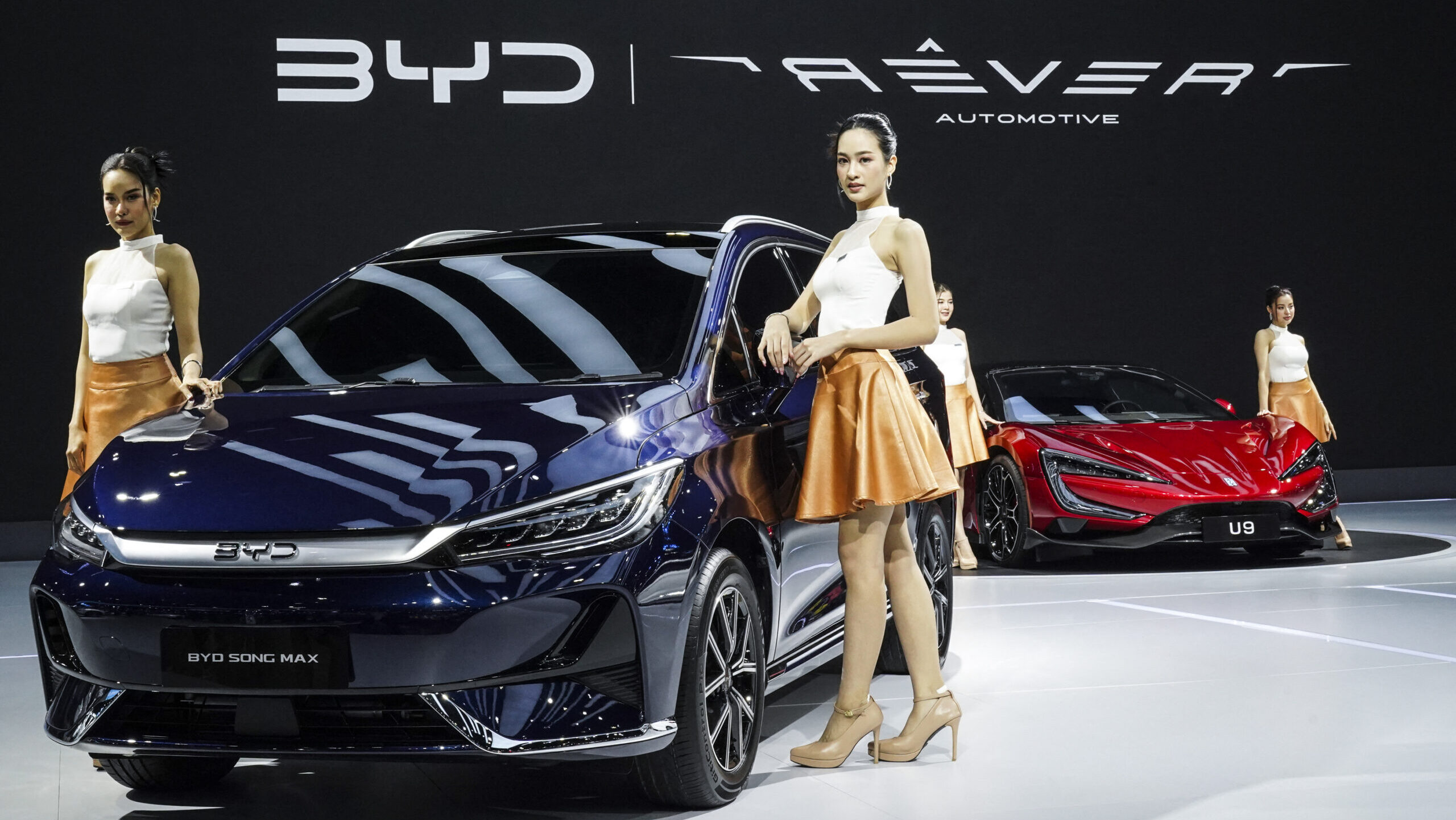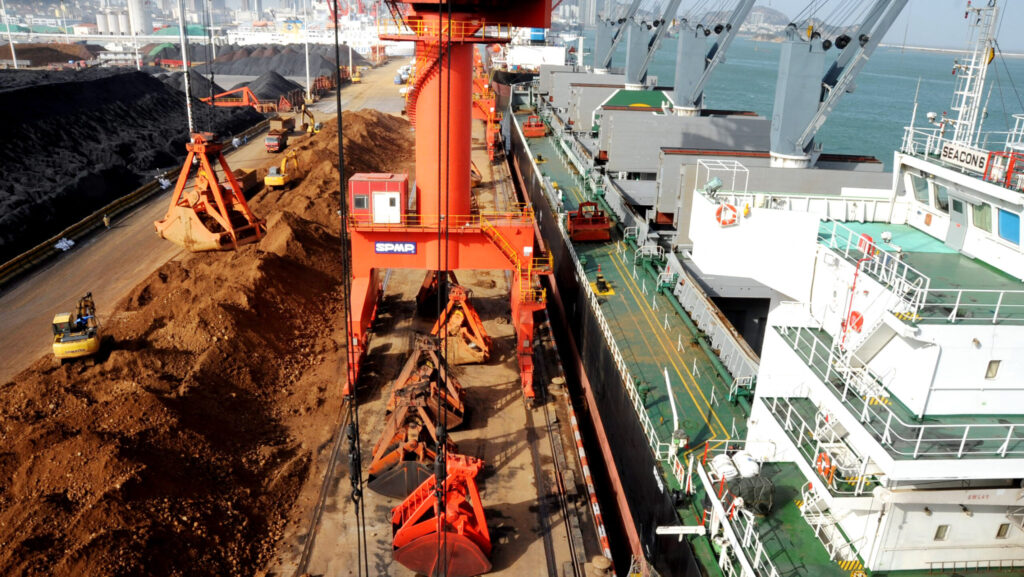Environmental protection and sustainability have become key political priorities in China—a nation that has seen its energy production increase fivefold over the past two decades and now accounts for 31 per cent of global industrial output. This shift was explored in the latest episode of Blue Planet, the podcast hosted by former Hungarian President János Áder, featuring guest Gergely Salát, sinologist and university lecturer.
Salát noted that in China, environmental protection has become a political issue out of necessity. ‘They realized that without change, they would suffocate,’ he said. From the 1950s onward, environmental concerns were subordinated to economic development. However, by the early 2000s, the need for change became clear—even rapid growth could not justify irreversible environmental damage.
Áder recalled that China had been exempted from the Kyoto climate agreement, considered a developing nation at the time. But today, it is the world’s largest emitter of greenhouse gases. In 2013, 75 per cent of China’s electricity came from coal; by now, that figure has dropped to 59 per cent—even as overall energy demand has surged.
While coal still supplies half of China’s energy, the proportion of renewable sources—solar, wind, and hydro—has reached 18 per cent. China has pledged to peak carbon emissions before 2030 and achieve carbon neutrality by 2060. These goals have become state policy, backed by massive investments in green energy technologies and infrastructure.
Salát highlighted China’s technological leap, made possible through a dedicated 15-year R&D programme launched in 2005. The initiative aimed to raise R&D spending to 2.5 per cent of GDP by 2020—a goal that was met. Funds were funnelled into priority sectors, with green technologies consistently at the top.
Lenézett országból gazdasági világhatalom
Addig nem sok vizet zavartak, amíg a nyugati termékeket silány módon másolták. Onnan váltak „problémássá”, amikor a csúcstechnológiás területeken zárkóztak fel vagy éppen előzték meg a világ fejlett részét. Kína az elmúlt 20 évben megötszörözte villamosenergia termelését. Csak 2023-ban annyi új napelemet helyezett üzembe, amennyi addig összesen a világ más részén volt.
China is also now a global frontrunner in electric mobility. It is the world’s largest exporter of electric vehicles (EVs), thanks to a strategic decision to leapfrog traditional internal combustion engine technologies dominated by Western and Japanese firms. Companies like BYD and CATL have emerged as global powerhouses, pushing out dozens of domestic competitors in a highly competitive market.
Salát pointed to BYD as an industry leader—not only overtaking Tesla in global EV sales but also controlling its entire production chain, including components. The company is building a major plant in Szeged, Hungary, which will serve European markets. Meanwhile, CATL, which supplies 37 per cent of the world’s EV batteries, is also expanding its operations, including a new plant in Debrecen, Hungary, aimed at German automakers.
‘These companies are becoming unstoppable,’ Salát said, warning that the West faces serious challenges. ‘The current trade war is no coincidence. China is threatening the technological dominance of the American-led alliance.’
‘Who wins this race will depend on who tightens their belt and runs harder’
He concluded that the Chinese leadership places near-religious faith in science and technology—and is prepared to double down on emerging fields such as artificial intelligence and robotics. In this new race, administrative tools like tariffs won’t suffice. ‘The only way to compete is through hard investment in education, research, and innovation,’ he said. ‘Who wins this race will depend on who tightens their belt and runs harder.’
Related articles:







